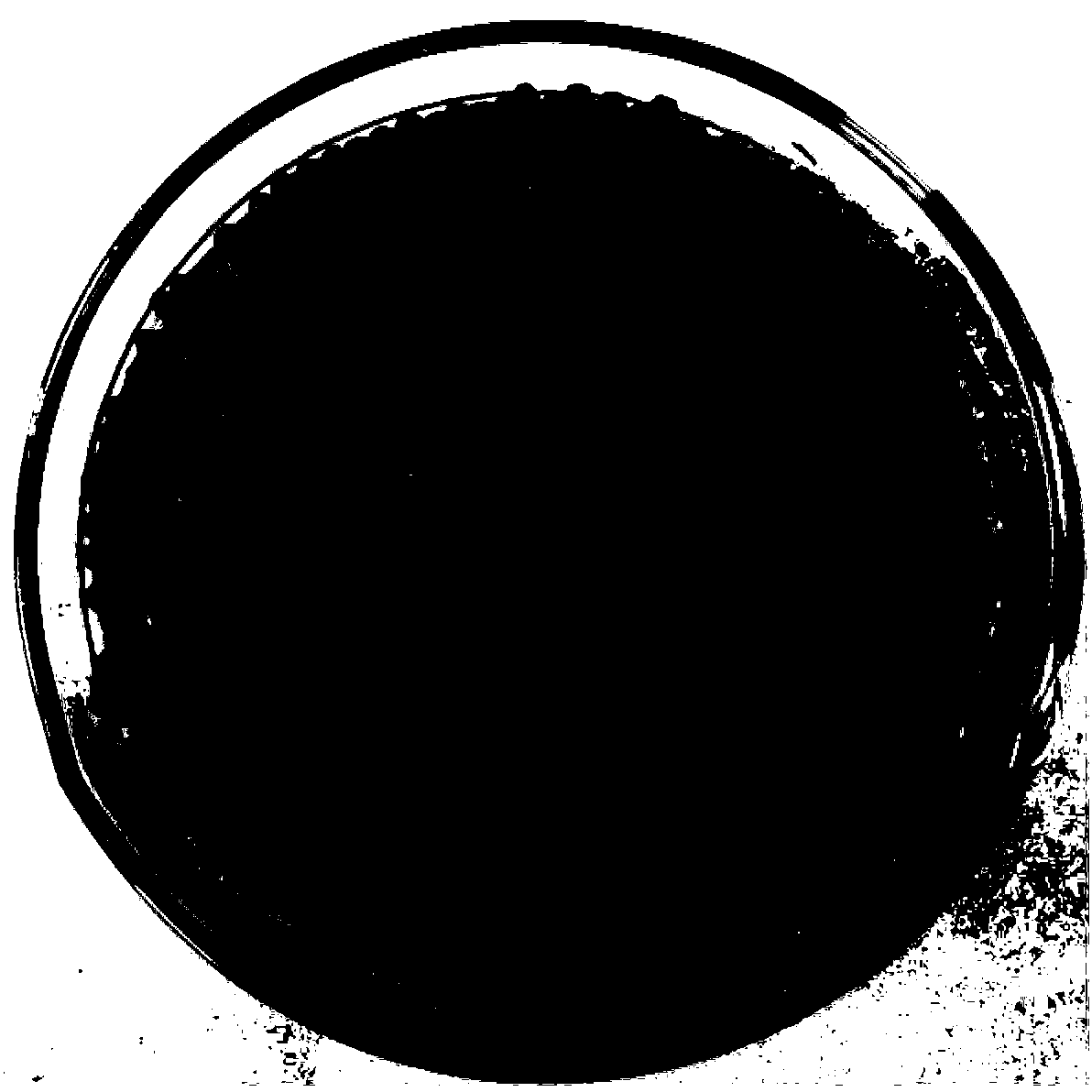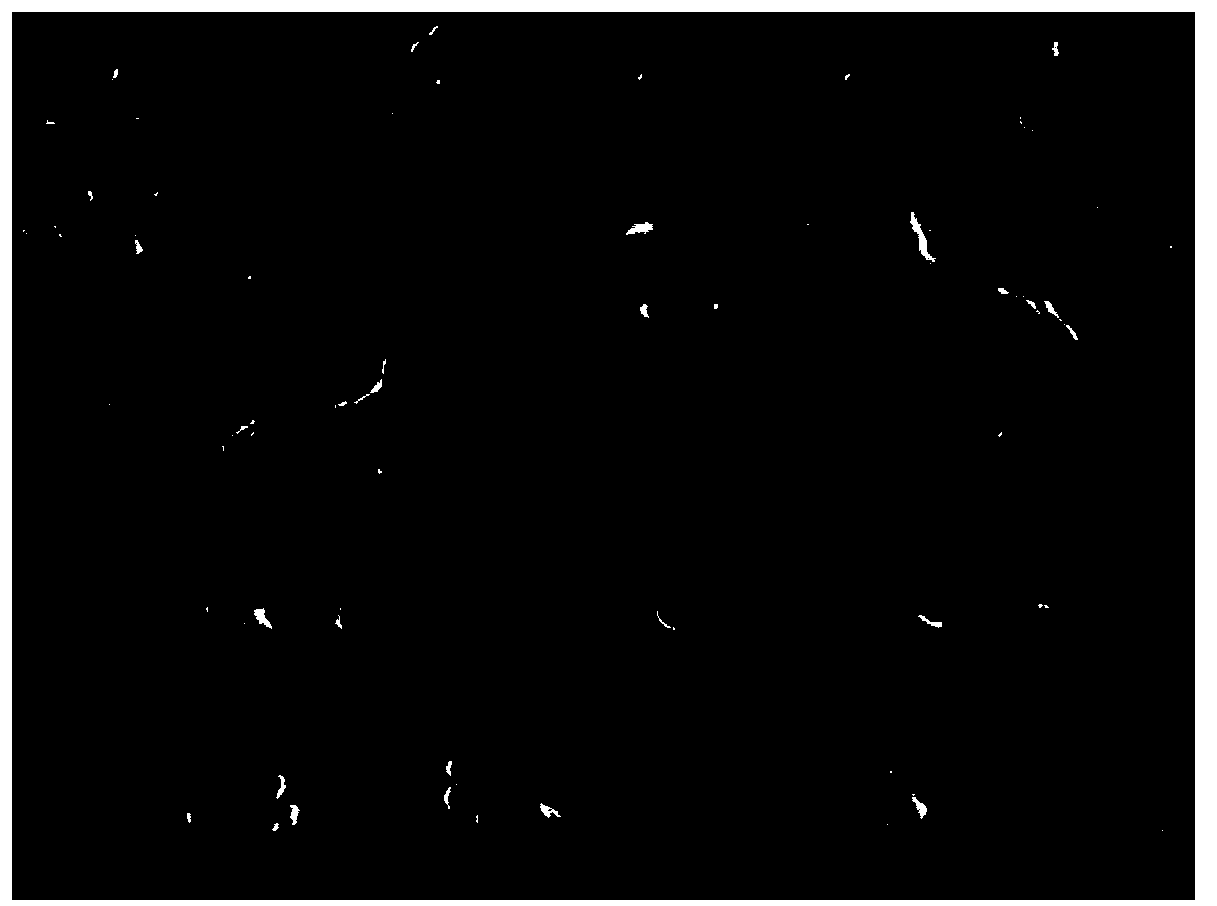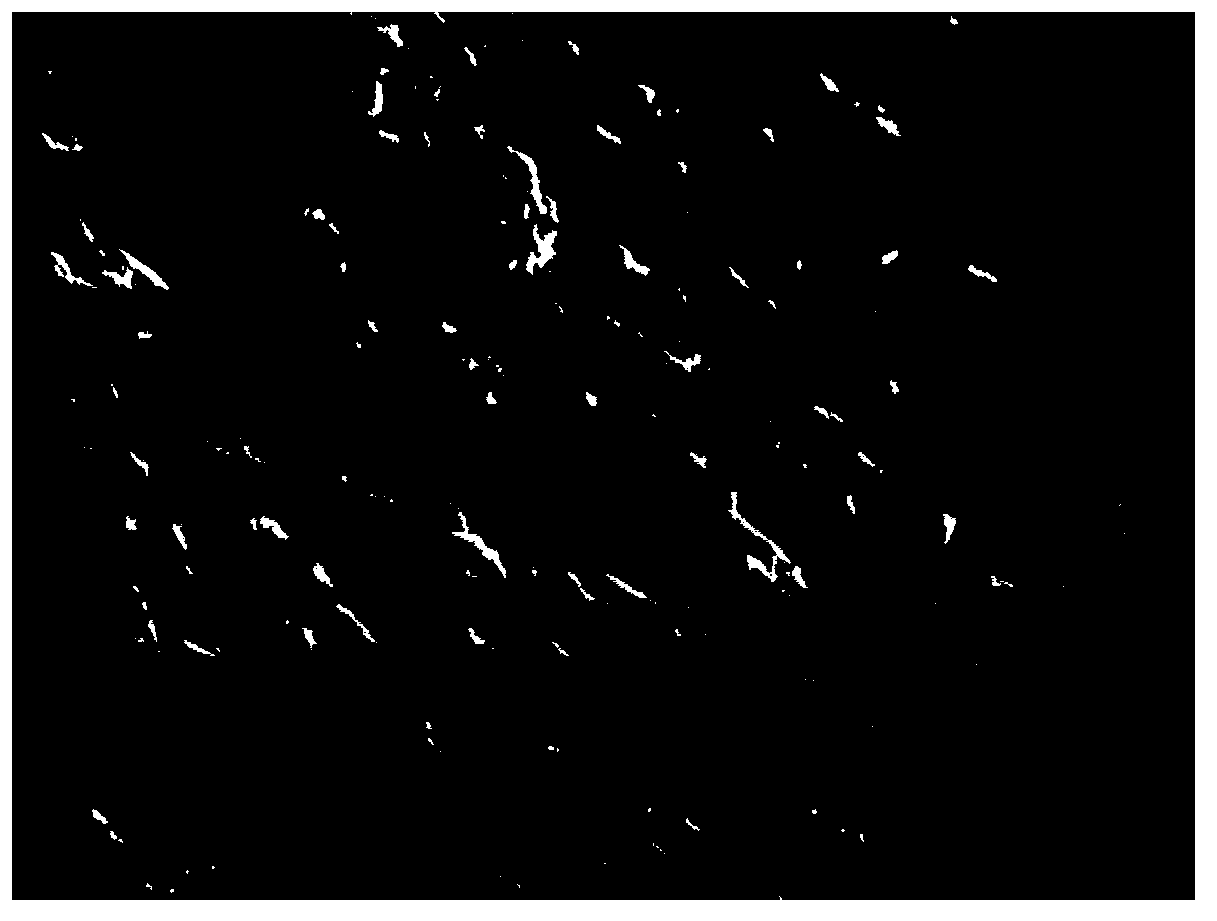Method for removing divalent cadmium in wastewater by utilization of microcystis aeruginosa gel beads
A technology of Microcystis aeruginosa gel and Microcystis aeruginosa gel, applied in chemical instruments and methods, water/sewage treatment, adsorbed water/sewage treatment, etc., can solve the toxicity response mechanism of heavy metals and unclear removal characteristics, etc. problem, to achieve the effect of low processing cost, wide source of raw materials and low price
- Summary
- Abstract
- Description
- Claims
- Application Information
AI Technical Summary
Problems solved by technology
Method used
Image
Examples
Embodiment 1
[0020] A method of utilizing Microcystis aeruginosa gel beads to remove divalent cadmium in waste water according to the present invention comprises the following steps:
[0021] 1. Preparation of Microcystis aeruginosa Gel Pellets
[0022] Microcystis aeruginosa was inoculated into an Erlenmeyer flask filled with 500 mL of BG11 medium, and placed in a constant temperature light incubator with a temperature of 25 ° C and a light intensity of 2000 lux for 15 days. Place the cultured Microcystis aeruginosa liquid on a clean bench for surface sterilization for 30 minutes, then divide it into several centrifuge tubes, and centrifuge for 15 minutes on a centrifuge with a rotation speed of 2500 rpm. After centrifugation, remove 450 mL of supernatant, and the remaining high-concentration Pour the liquid into a beaker, then add the sodium alginate solution with a concentration of 40g / L that was cooled to room temperature after high temperature sterilization, and stir evenly with a gla...
Embodiment 2
[0030] A method of utilizing Microcystis aeruginosa gel pellets to remove divalent cadmium in waste water according to the present invention comprises the following steps:
[0031] 1. Preparation of Microcystis aeruginosa Gel Pellets
[0032] This step is the same as Step 1 of Example 1.
[0033] 2. Treat divalent cadmium wastewater
[0034] The Microcystis aeruginosa gel beads prepared by the above method are added to divalent cadmium wastewater with an initial pH value of 6, and the initial concentration of divalent cadmium ions is 60, 100, 200mg / L respectively, and the The amount of addition is 20g based on the wet weight of Microcystis aeruginosa gel pellets. The reactor is placed in a shaking box with a rotation speed of 150rpm, and the temperature is kept at 25°C. After shaking for 3 hours, the pellets are separated from the solution to complete the reaction. Treatment of divalent cadmium wastewater. The concentration of remaining divalent cadmium ions in the solution...
Embodiment 3
[0039] A method of utilizing Microcystis aeruginosa gel pellets to remove divalent cadmium in waste water according to the present invention comprises the following steps:
[0040] 1. Preparation of Microcystis aeruginosa Gel Pellets
[0041] This step is the same as Step 1 of Example 1.
[0042] 2. Treat divalent cadmium wastewater
[0043] The Microcystis aeruginosa gel pellets prepared above are added to the divalent cadmium wastewater with an initial pH value of 6 and an initial concentration of 100mg / L, and the amount of addition in every liter of wastewater is expressed as Microcystis aeruginosa gel pellets The wet weight is 20g, the reactor is placed in a shaking box with a rotation speed of 150rpm, and the temperature is kept at 25°C. Samples are taken at 10, 20, 30, 60, 120, 180, 360, 540, and 720 minutes after the start of shaking. The concentration of remaining divalent cadmium ions in the solution was measured by flame atomic absorption spectrophotometry, and the...
PUM
| Property | Measurement | Unit |
|---|---|---|
| concentration | aaaaa | aaaaa |
| adsorption capacity | aaaaa | aaaaa |
| adsorption capacity | aaaaa | aaaaa |
Abstract
Description
Claims
Application Information
 Login to View More
Login to View More - R&D
- Intellectual Property
- Life Sciences
- Materials
- Tech Scout
- Unparalleled Data Quality
- Higher Quality Content
- 60% Fewer Hallucinations
Browse by: Latest US Patents, China's latest patents, Technical Efficacy Thesaurus, Application Domain, Technology Topic, Popular Technical Reports.
© 2025 PatSnap. All rights reserved.Legal|Privacy policy|Modern Slavery Act Transparency Statement|Sitemap|About US| Contact US: help@patsnap.com



